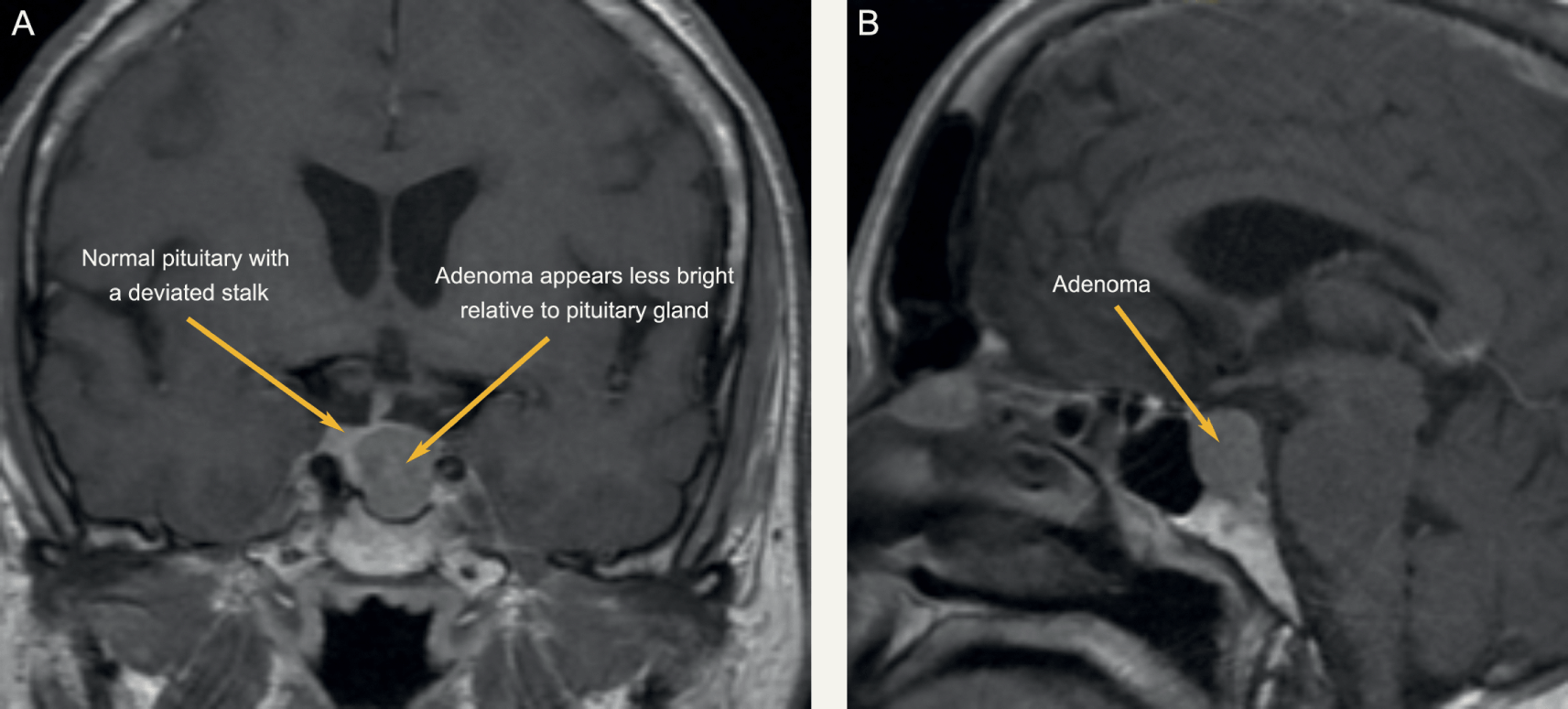Query EDTA contamination
| HOSP # | MRN96038757 | WARD | F17 Surgical ward |
| CONSULTANT | Dr. Jody Rusch | DOB/AGE | 26 y male |
Abnormal Result
Potassium more than 10 mmol/L on the ion-selective electrode.
Presenting Complaint
The patient was admitted in surgery after bowel surgery, on total parenteral nutrition.
History
Surgery was done due to bowel obstruction.
Examination
Not available.
Typically:
A hallmark of small bowel obstruction is dehydration, which manifests as tachycardia, orthostatic hypotension, and reduced urine output, and, if severe, dry mucus membranes.
●Abdominal inspection will identify a variable degree of abdominal distention.
●Abdominal auscultation – Acute mechanical bowel obstruction is characterized by high-pitched “tinkling” sounds associated with the pain. With significant bowel distention, bowel sounds may become muffled, and as the bowel progressively distends, bowel sounds can become hypoactive.
●Abdominal percussion – Distention of the bowel results in hyperresonance or tympany to percussion throughout the abdomen. However, fluid-filled loops will result in dullness. If percussion over the liver is tympanitic rather than dull, it may be indicative of free intra-abdominal air. Tenderness to light percussion suggests peritonitis.
●Abdominal palpation may identify any abdominal wall or groin hernias, or abnormal masses.
Laboratory Investigations
| Date | 16/03/2020 | 14/03/2020 | 13/03/2020 | 12/03/2020 | 12/03/2020 | 11/03/2020 | 10/03/2020 | 08/03/2020 |
| Time | 07:22 | 10:38 | 10:30 | 19:59 | 12:32 | 21:23 | 16:05 | 12:53 |
| Na | 144 | 141 | 141 | δ- 138 | 143 | δ+ 145 | 140 | |
| K | >10 | 2.6 | 3.0 L | 3.0 L | INVH | 3,2 L | δ+ 3,7 | 3.0 L |
| Cl | ||||||||
| Urea | 4.4 | 5,1 | 5.0 | 5,5 | 6,9 | δ+ 5,5 | 2,5 | |
| Creat | 47 | 60 L | 60 L | 64 | 67 | 66 | 62 L | |
| Ca | 1.63 | 2,24 | 2,27 | 2,13 L | 2,23 | 2.30 | 2,23 | |
| Mg | 0.38 | δ- 0.67 | δ+ 0.90 | 0.77 | 0.82 | 0.75 | 0.74 | |
| Phos | 1.1 | 1.50 H | 1,31 | 1,28 | 1,38 | 1,23 | 1,17 | |
| Uric acid | ||||||||
| Total prot | CEGK | CEGK | ||||||
| Alb | 30 | 39 | 40 | |||||
| Total bili | <3 | 3 L | 4 L | |||||
| Conj bili | 2 | INVH | 2 | |||||
| ALT | 35 | 28 | 32 | |||||
| AST | 33 | INVH | 28 | |||||
| ALP | 118 | 137 H | 158 H | |||||
| GGT | 99 | 96 H | 113 H | |||||
| LD | 138 | δ+ 465 H | 317 H | |||||
| CRP | 2 | 7 | 6 |
Other Investigations
Repeated results later in the afternoon:
| Date | 16/03/2020 | 16/03/2020 |
| Time | 13:04 | 07:22 |
| Na | 144 | 144 |
| K | δ+ 3,3 L | >10 |
| Cl | ||
| Urea | 4.6 | 4.4 |
| Creat | 55 | 47 |
| Ca | 2.2 | 1.63 |
| Mg | 0.56 | 0.38 |
| Phos | 1.06 | 1.1 |
| Uric acid | ||
| Total prot | CEGK | CEGK |
| Alb | 37 | 30 |
| Total bili | 3 L | <3 |
| Conj bili | 2 | 2 |
| ALT | 46 | 35 |
| AST | 40 | 33 |
| ALP | 151 | 118 |
| GGT | 121 | 99 |
| LD | 230 | 138 |
| CRP | 2 | 2 |
Final Diagnosis
Likely EDTA contamination causing a falsely elevated potassium, decreased Calcium, Magnesium and ALP. The clinician was contacted and it was indeed medical undergraduate students who had taken the bloods, probably not realizing the order of draw, or toppling up the serum blood with some of the blood taken in an EDTA tube. This is evidenced by the high potassium, low calcium, magnesium and ALP. It is however evident that most other analytes were also lower than the repeat bloods later that day, hence:
Another likely possibility of the results in question could have been drip line contamination due to a potassium-containing fluid. The patient was indeed on total par-enteral nutrition, which usually contain large doses of potassium. This could be explained by the dilution of most analytes (as opposed to the raised potassium and normal sodium).
Take Home Message
It does not require much potassium EDTA contamination to evoke spuriously abnormal results. Potassium EDTA works as an anticoagulant by inhibiting clotting by chelation of the divalent cations such as calcium and magnesium, essential for the divalent cation-dependent proteolytic enzymes involved in the clotting cascade.
Gross potassium EDTA contamination of blood samples can be recognized by unexpected marked pseudohyperkalaemia and pseudohypocalcaemia. Serum alkaline phosphatase (ALP) activity can also be reduced in the presence of potassium EDTA contamination. Additionally, aspartate transaminase, alanine transaminase, lactate dehydrogenase, creatine kinase, amylase, unsaturated iron-binding capacity and bicarbonate can all be detrimentally affected in the presence of potassium EDTA contamination. Notably, some papers report potassium EDTA contaminated samples were mainly from inpatients compared to outpatients and primary care and the authors speculated that this is because blood samples in outpatients and general practice are largely but not exclusively collected by trained phlebotomists. It is our job as laboratorians to educate the newly trained clinicians about order of draw.
It is unfortunate that I couldn’t locate the undergraduate student who had taken these bloods, but at least the attending clinician was made aware of EDTA contamination.


